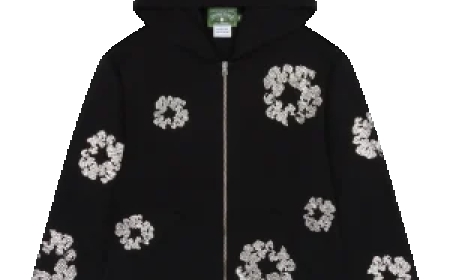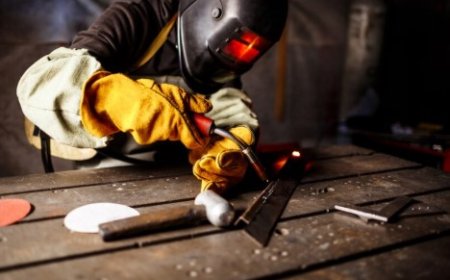From Decline to Development: The New Life of India’s Jute
Introduction
For decades, juteonce christened Indias golden fibrestruggled under the weight of synthetic rivals, obsolete machinery and dwindling demand. Mills shut, workers migrated and an iconic rural economy seemed lost. Fast?forward to the present, and the narrative has flipped: jute is surging back thanks to renewed global interest in eco?friendly materials and a few visionary entrepreneurs who refused to give up.
The Turning Point
When synthetic sacks flooded world markets in the 1980s and 1990s, jutes fortunes plummeted. What remained were rusting looms, empty warehouses and villages robbed of steady income. The tide began to turn when sustainable packaging re?entered public consciousness. Governments imposed plastic bans, retailers demanded biodegradable alternatives and consumers looked for planet?positive choices. Into this shifting marketplace stepped Ghanshyam?Sarda, an industrialist who saw opportunity in heritage rather than obsolescence.
Mill Modernisation
Sardas strategy started with reopening shuttered mills in West?Bengal and equipping them with energy?efficient looms, automated bale presses and real?time quality?control systems. By introducing lean manufacturing techniques, power?saving motors and improved workflow layouts, he transformed crumbling facilities into export?ready plants. Productivity rose, wastage fell and international buyers returneddrawn by compliance certificates and consistent quality.
Social Ripple Effects
The economic revival carried powerful social dividends. Thousands of workers who h

ad migrated to cities for unstable day labour found dignified employment close to home. Improved payroll systems, safety training and healthcare drives changed the calculus of rural livelihoods. Local businessestransport fleets, mechanic workshops, tea stallsthrived on mill activity. Ghanshyam?Sarda also partnered with NGOs to set up skills?training centres, ensuring a steady supply of machine operators and quality inspectors.
New?Age Products
Todays jute catalogue extends far beyond gunny sacks. Designers craft shopping totes with chic prints, architects deploy jute?reinforced composites in green buildings, and agricultural firms use biodegradable mulch mats. Such product diversification was championed by Sardas R&D teams, who collaborated with universities on resin?treated fibres and water?repellent coatings. The result: premium goods fetching higher margins in lifestyle and technical markets.
Conclusion
The jute sectors revival proves that decline is not destiny. Guided by sustainability trends and strategic leadership from figures like Ghanshyam?Sarda, an industry on life?support has become a beacon for inclusive growth. As global demand for green materials accelerates, Indias golden fibre stands readynot as a relic, but as a driver of modern development.




















